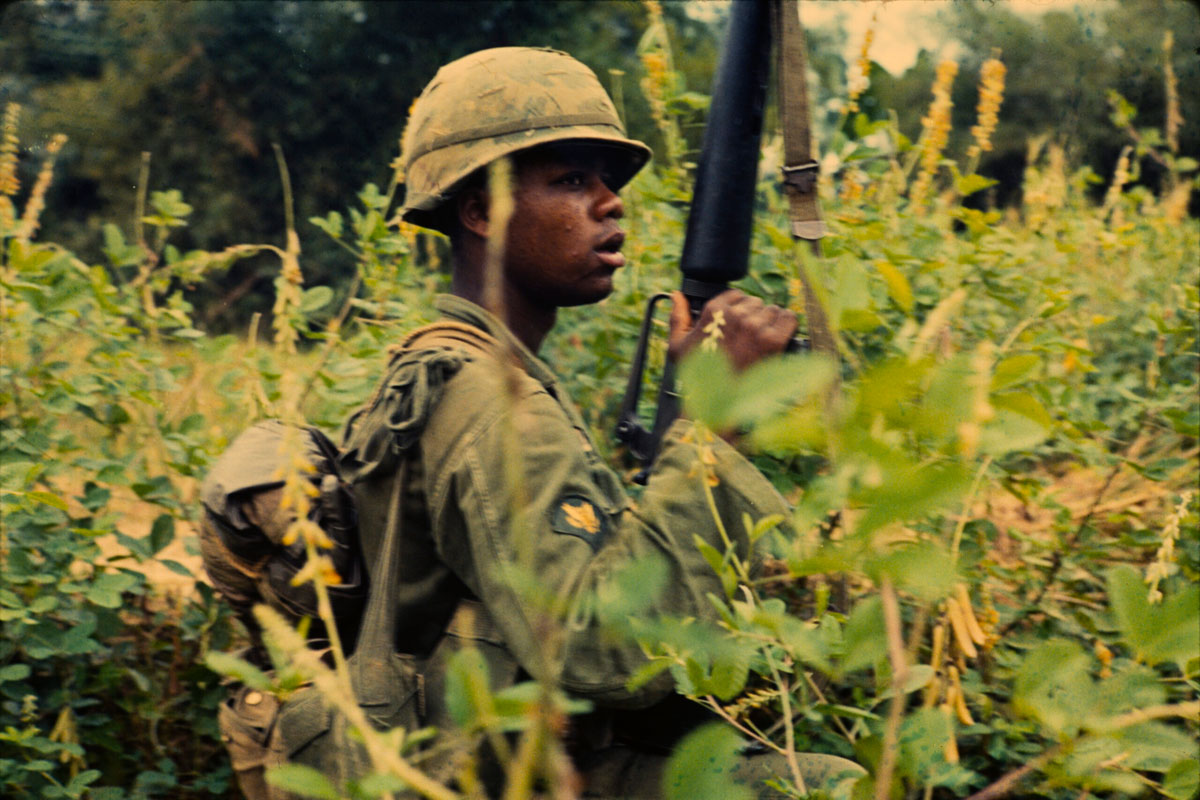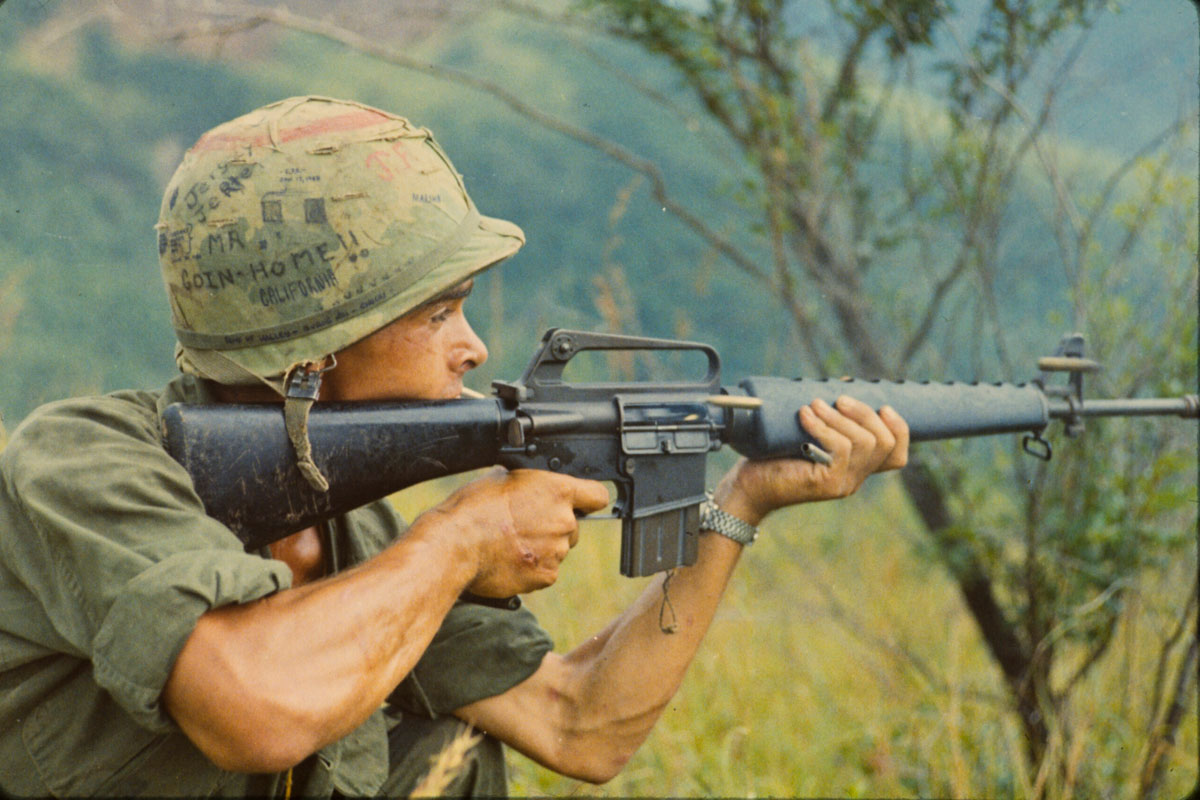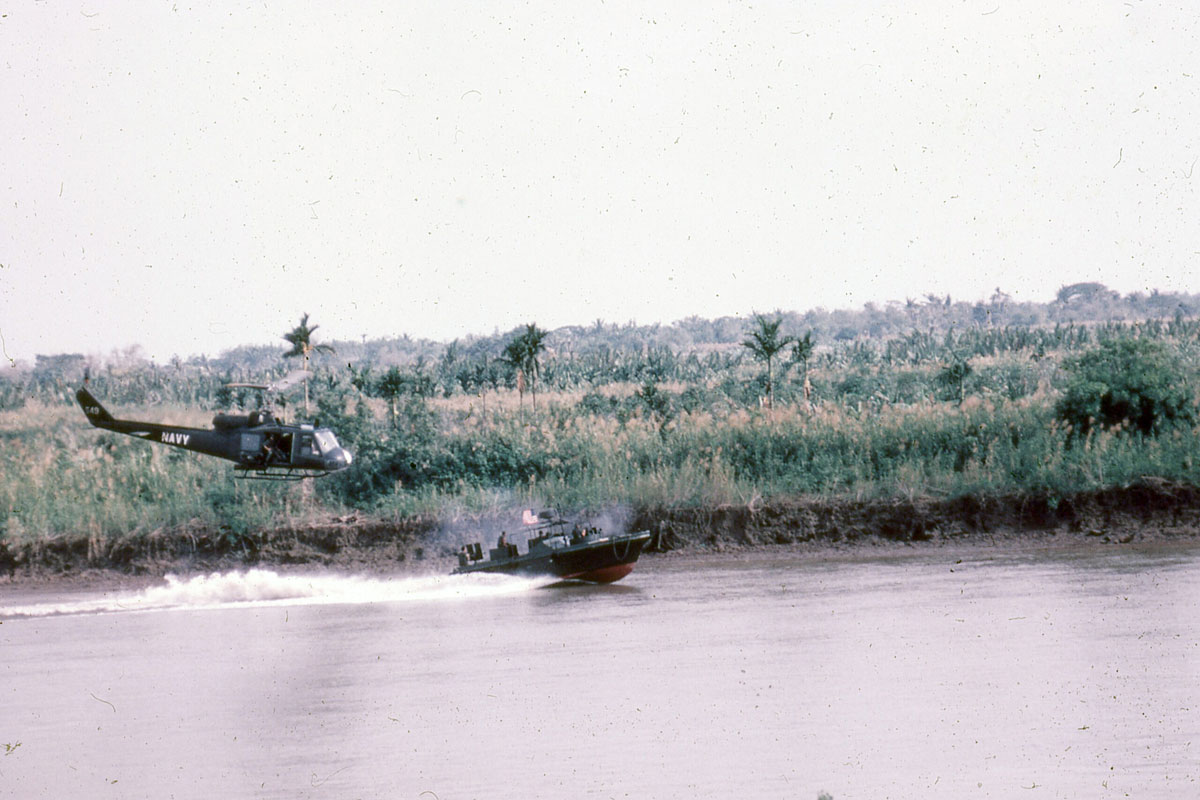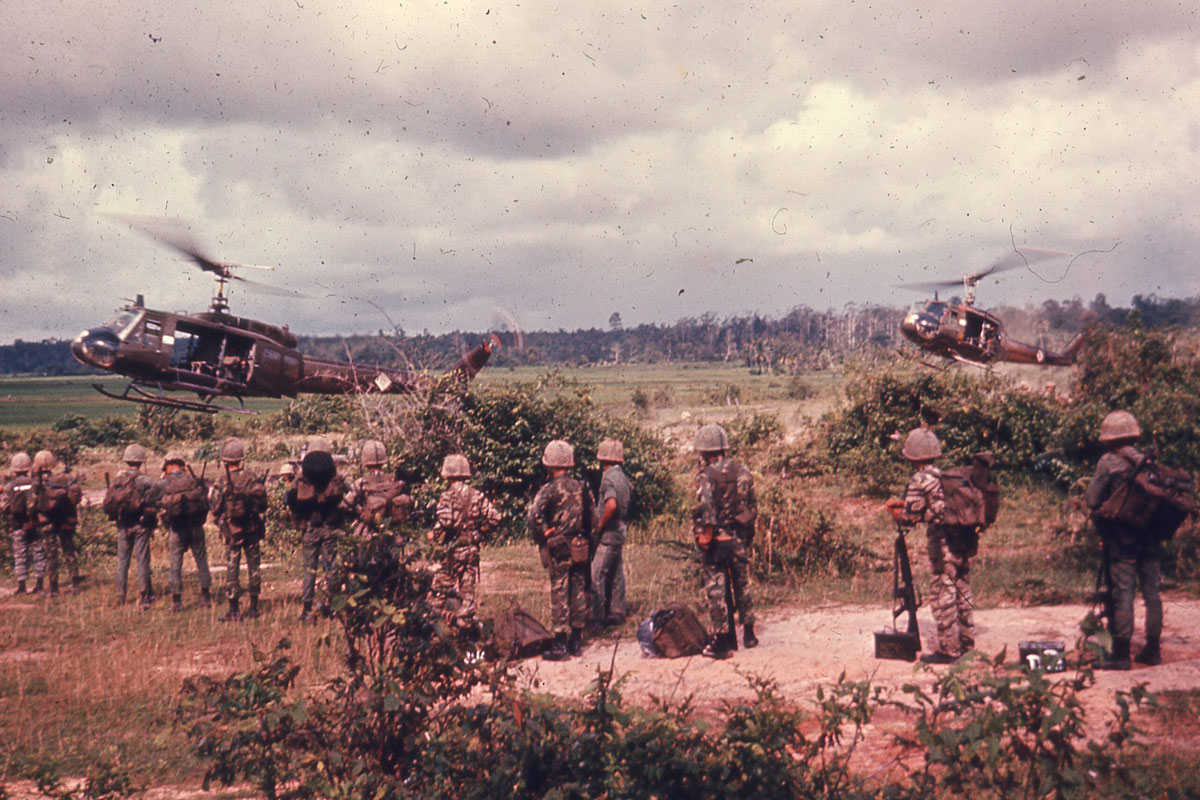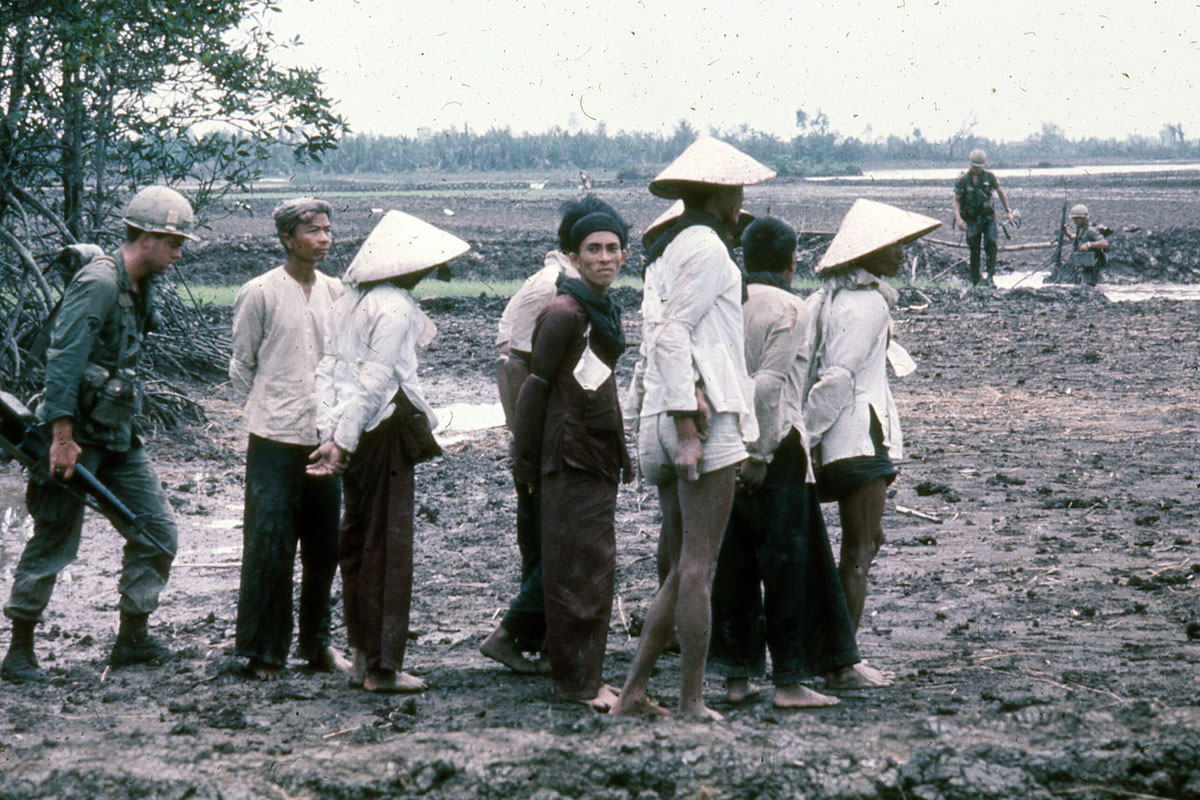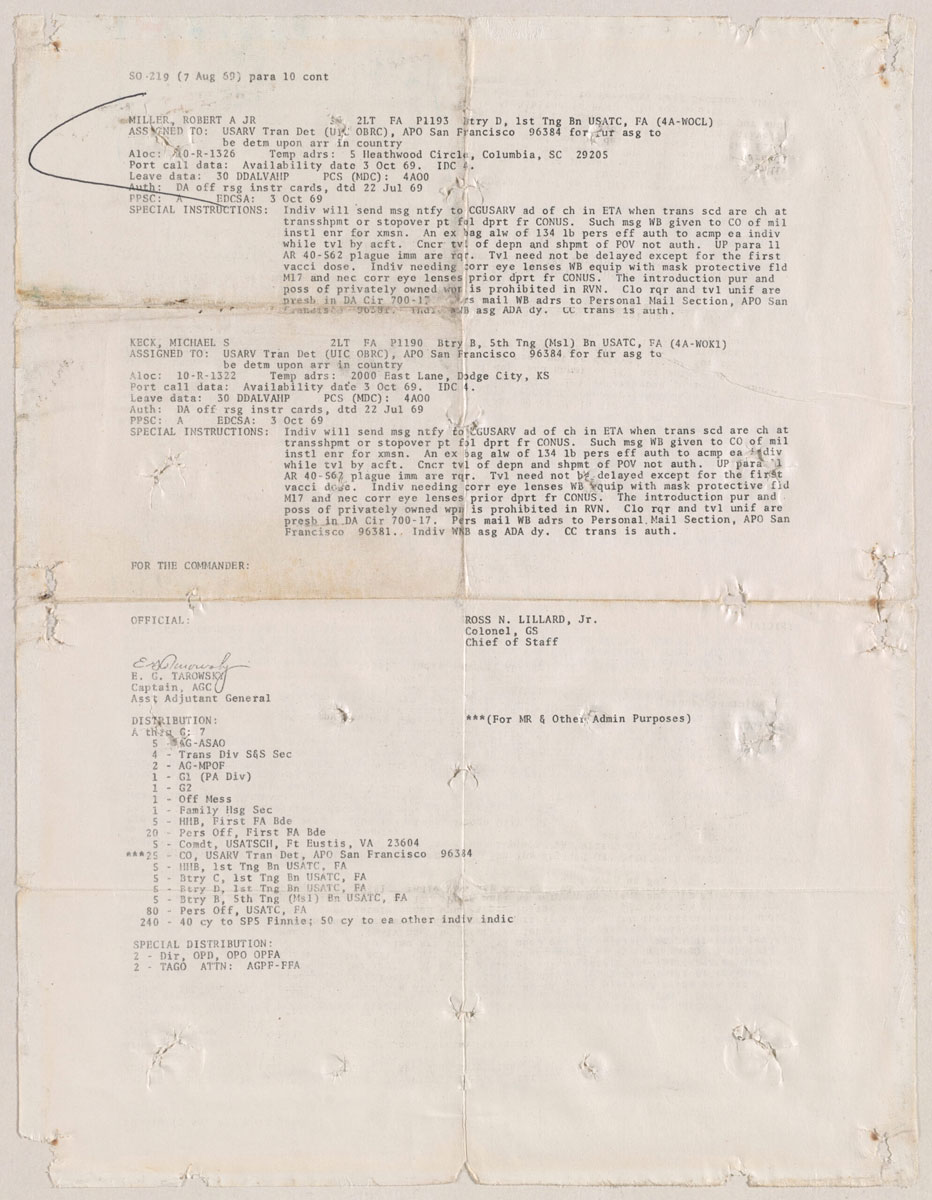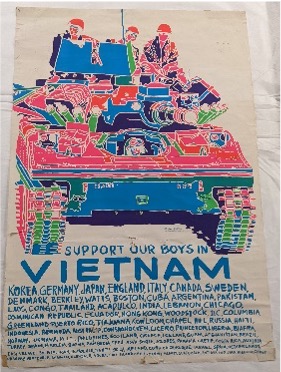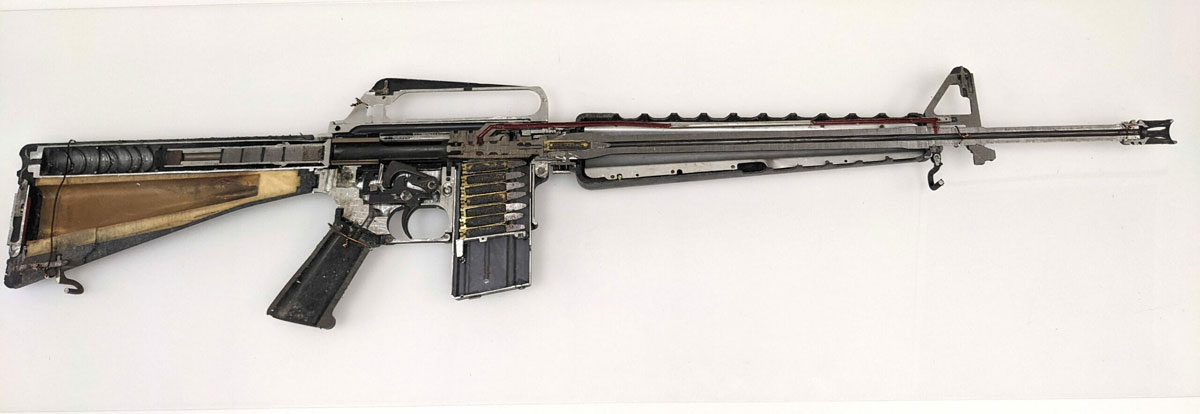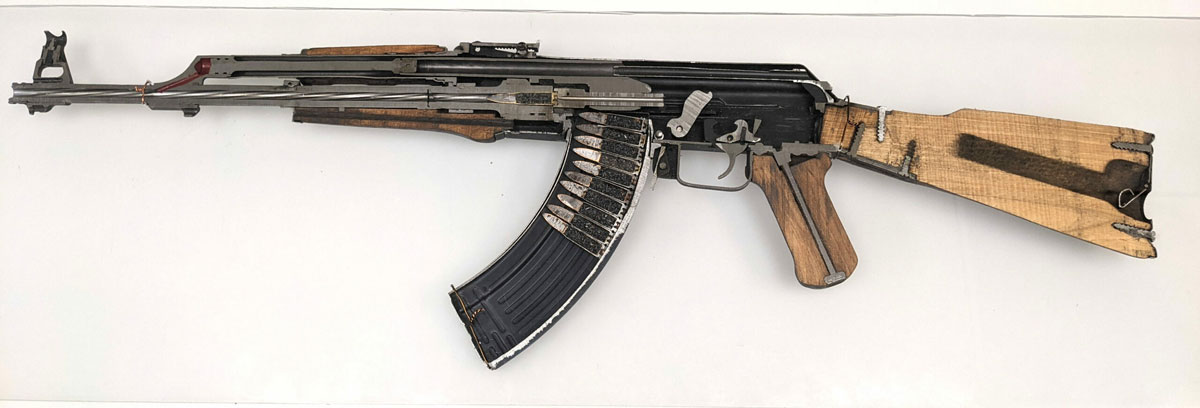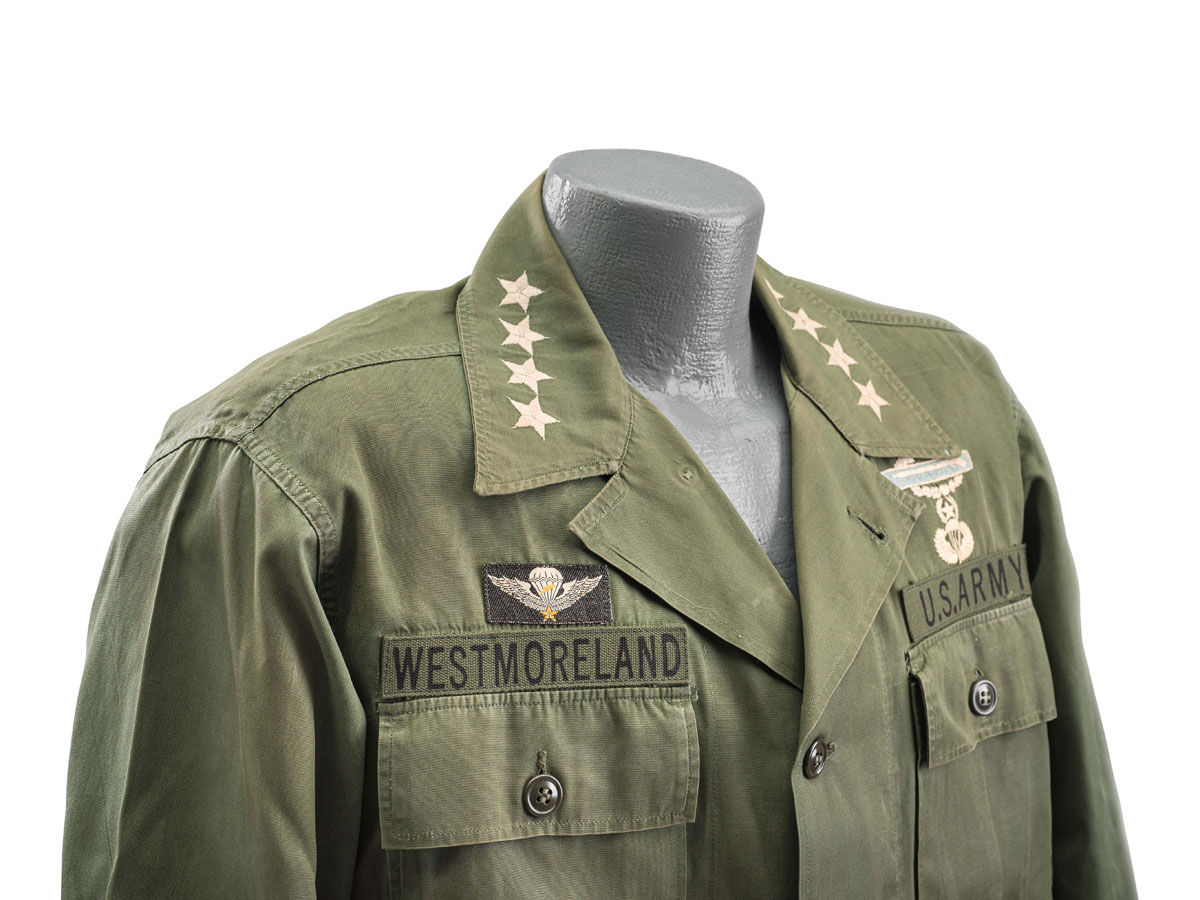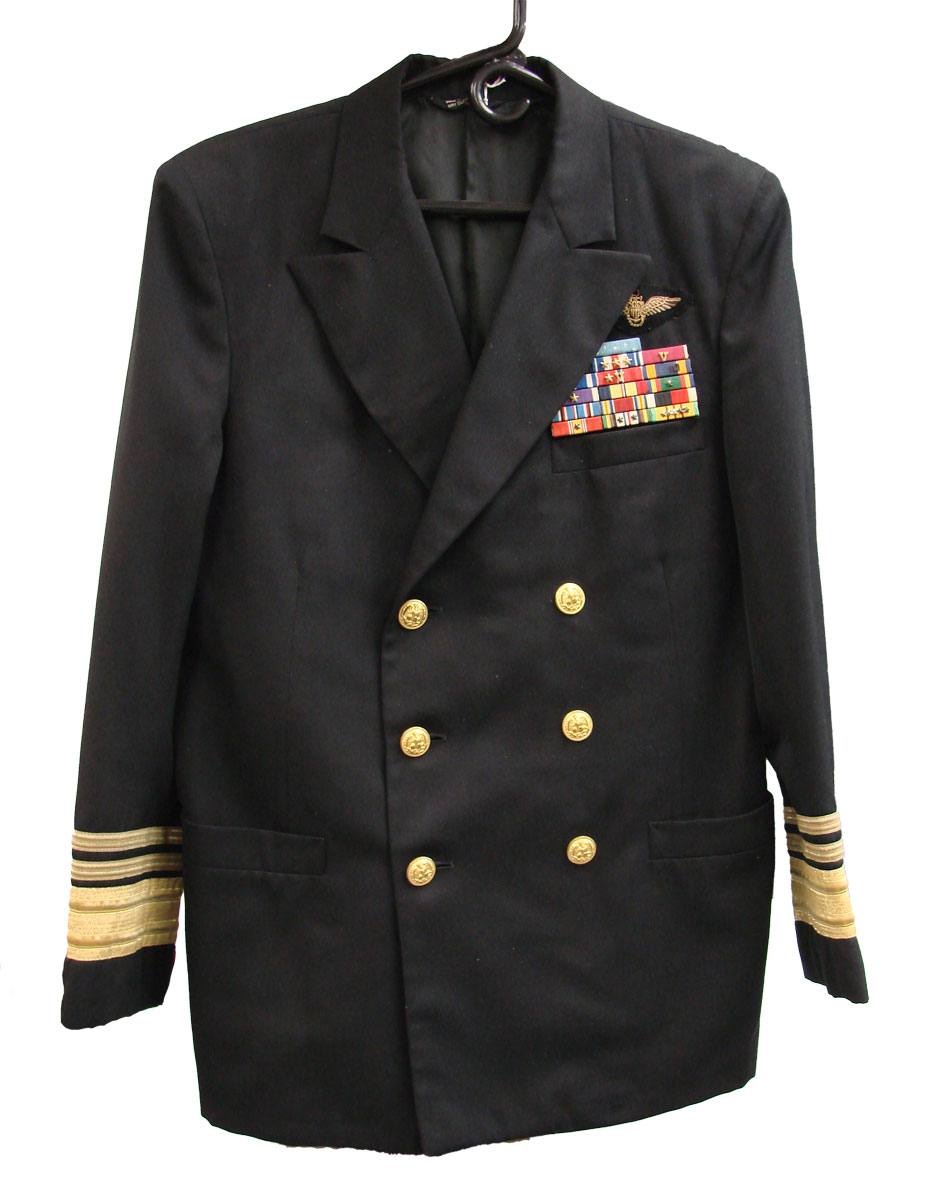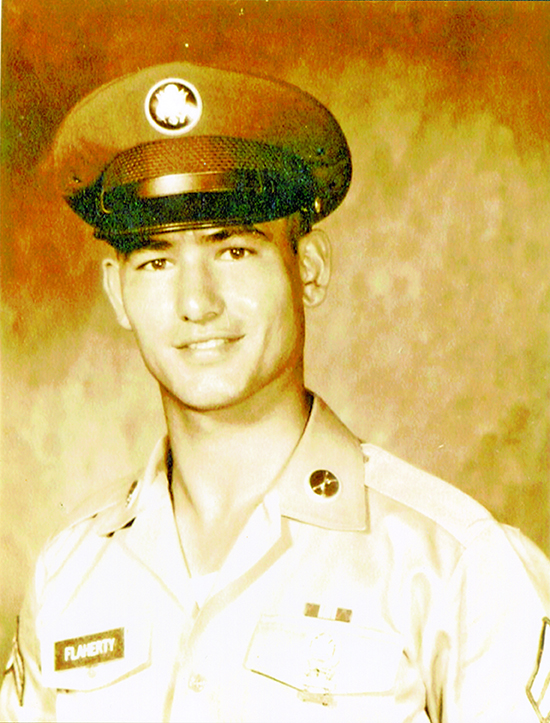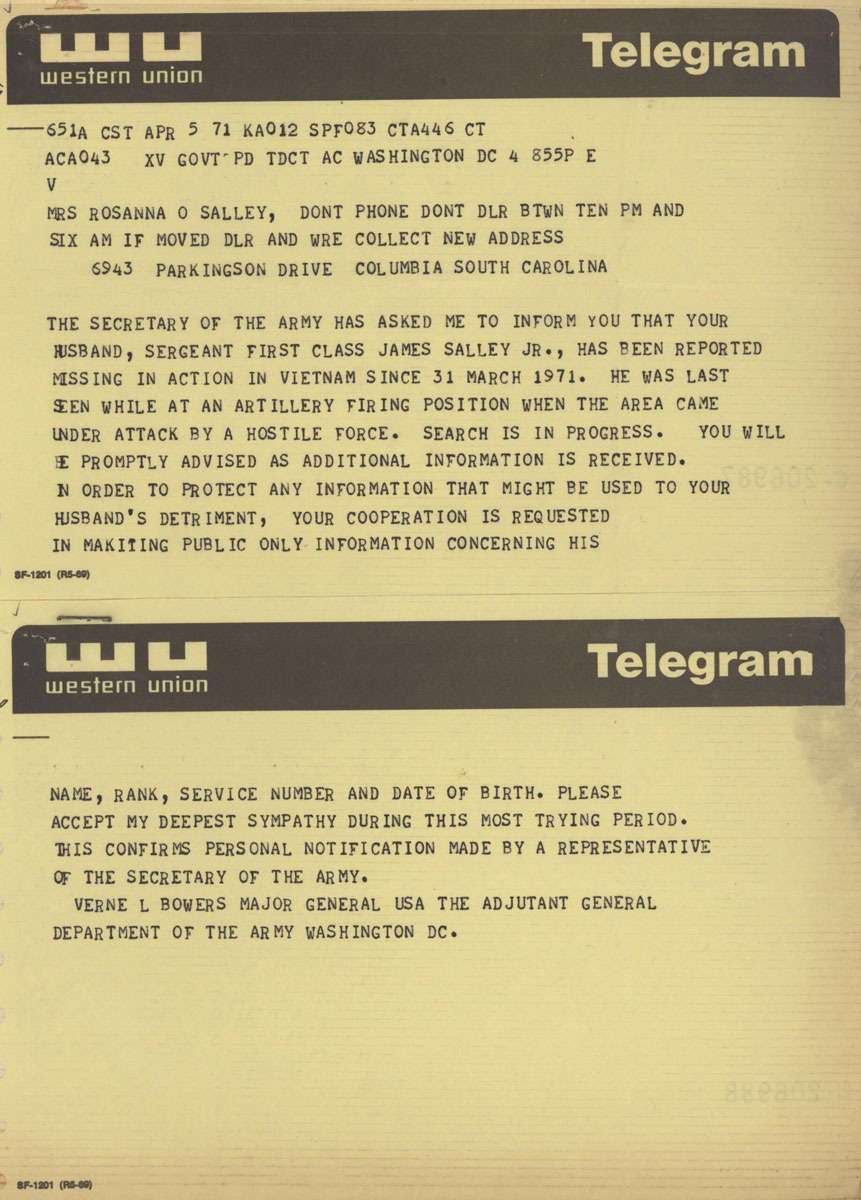Vietnam wasn’t like that. The boundary between North and South meant little to those fighting the war, or to the folks back home. Not only was it the war with no front lines, it was the war in which Americans often didn’t know who the enemy was.
And it was more than that. It was a major turning point in our history. This war, unlike most of its predecessors, divided America. It changed Americans’ very concept of our country – not only our ideas of how we should interact with the rest of the world, but how we related to each other at home, and especially to our government.
For many thousands of South Carolinians, as usual, it meant military service – whether voluntary or by the draft.


